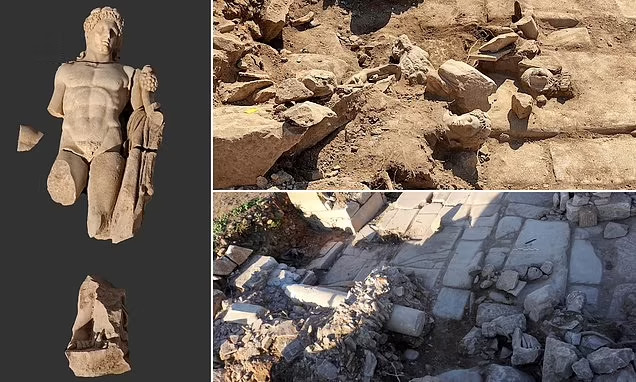Archaeologists from the Aristotle University of Thessaloniki have made an extraordinary discovery: a larger-than-life statue of Hercules. This statue, unearthed during recent excavations in Philippi, an ancient city in northeastern Greece, illuminates the rich cultural heritage of the city and the lasting impact of Classical and Roman art during the Byzantine era.
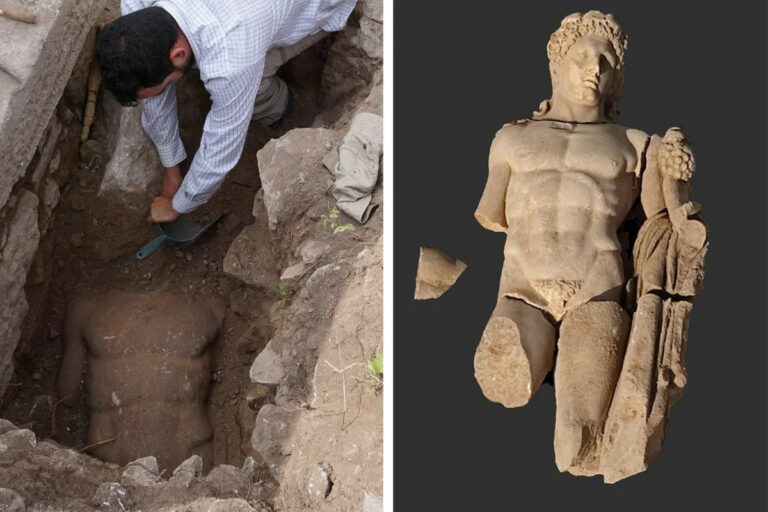
The Excavation Site and Its Importance
Under the leadership of Professor Natalia Poulou, the excavation team concentrated on the eastern section of one of Philippi’s main thoroughfares, intersecting with another significant axis to the north. At the junction of these two streets lay a large square, featuring an intricately decorated structure, possibly a public fountain, adorned with various architectural fragments found during the dig.
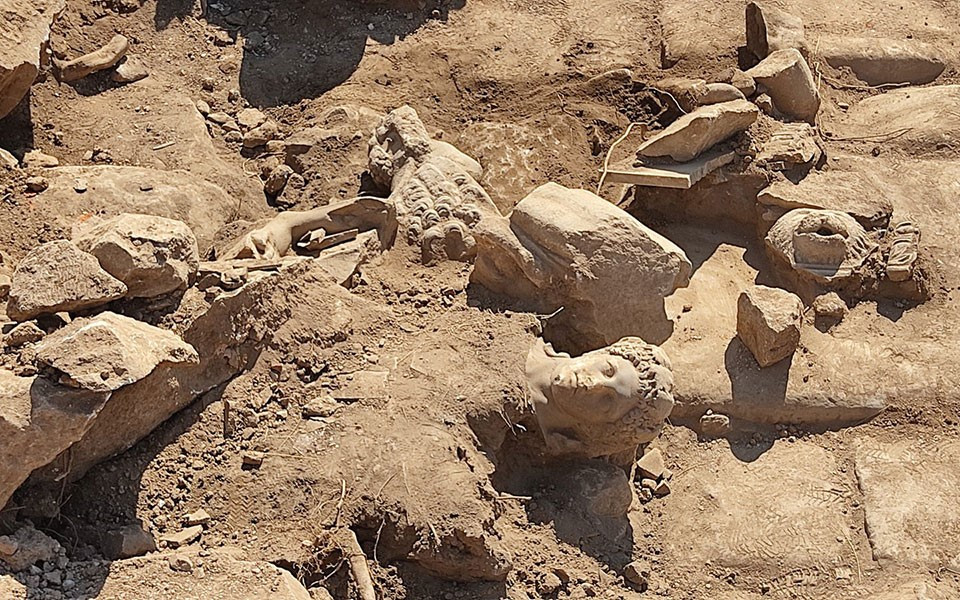
The Majestic Hercules Statue
Among the treasures uncovered was a stunning statue from the 2nd century AD, capturing the attention of the researchers. This statue portrays a youthful Hercules, known in Roman mythology as the counterpart of the Greek Heracles, holding a club and a lion’s pelt in his left hand—symbols of his heroic identity. Decorated with a wreath of vine leaves and a sash draped over his shoulders, the statue emanates power and grandeur.
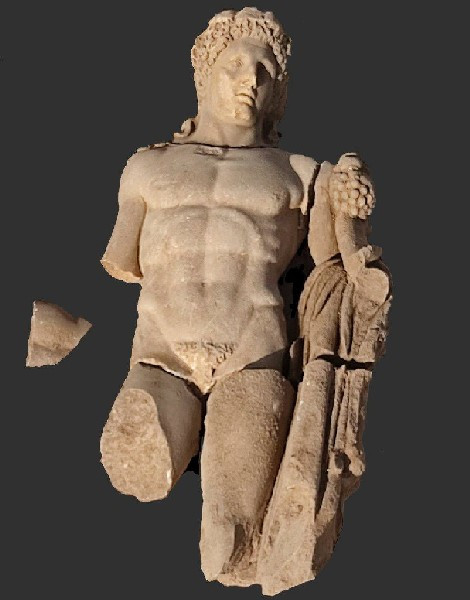
A Legacy Through the Ages
Interestingly, the research team discovered that this pre-Christian statue was later used to embellish a building from the 8th or 9th century. Historical records suggest that statues from the Classical and Roman eras were often repurposed to decorate public spaces and structures during the Late Byzantine period. This practice is confirmed by the find in Philippi.
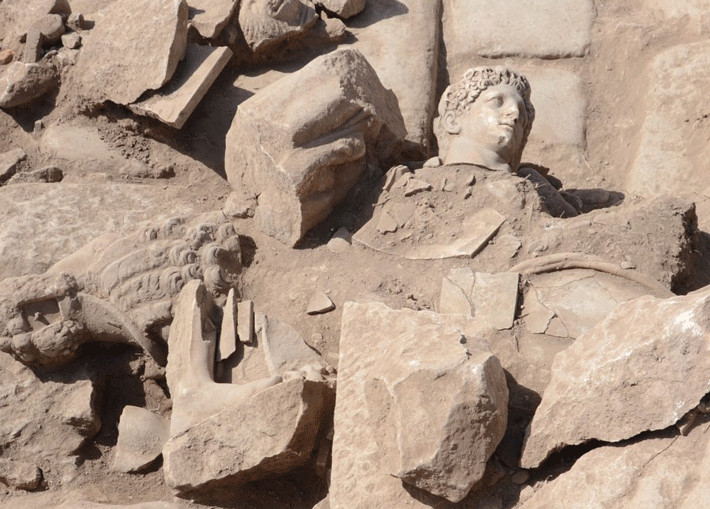
Ongoing Exploration and Future Prospects
Supported by the Research Committee of the Aristotle University of Thessaloniki and involving 24 students, the excavations will continue next year. This ongoing research promises to reveal further insights into the cultural richness of Philippi and the enduring influence of ancient Greek and Roman art in the Byzantine period.
As archaeologists continue to meticulously study the unearthed artifacts, the magnificent statue of Hercules stands as a testament to the cultural continuity and artistic legacy that has captivated scholars and enthusiasts through the ages.



